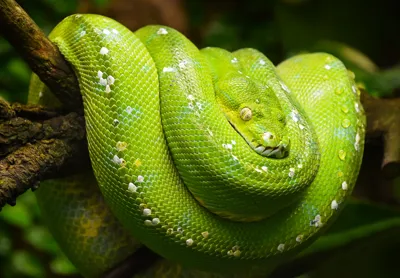- SEA LIFE, Rainforest Adventure
In this landscape food can be plentiful.
During the wet season, rivers flood the rainforest floor where fruits, nuts and seeds fall. When the dry season returns some fish are trapped in ever-decreasing, muddy pools without food, with little oxygen and no way of escaping predators.
On the river predators can appear from any direction, above or below the water. You've got to be tough to make it in this habitat. Many rainforest creatures are big and toothy but sometimes it's the smallest and most harmless-looking animals which can pack the deadliest punch!
Are you ready for a jungle adventure? Let's go!
Poison Dart Frogs
These beautiful little creatures, native to Central and South America, are like brightly coloured jewels bouncing amongst the foliage. Don't be fooled though, they are small but deadly. As their name suggests these Frogs secrete toxic poison from their skin.
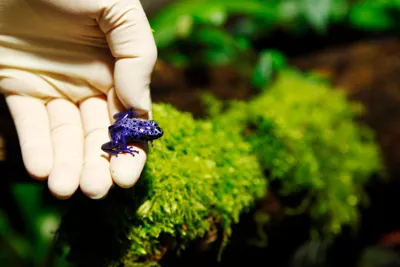
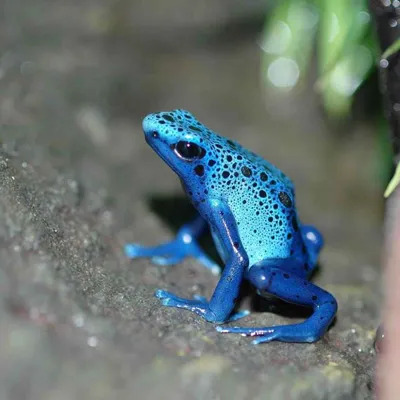
Did you know?
- The bright colours on their body act as a warning to potential predators that eating them would be a mistake
- These Frogs gained their name as the indigenous tribes of South America would use their toxic secretions to poison the tips of their blowdarts when hunting
- Poison Dart Frogs lay their eggs in moist crevices in plants and trees, piggybacking their tadpoles to water once they have hatched!
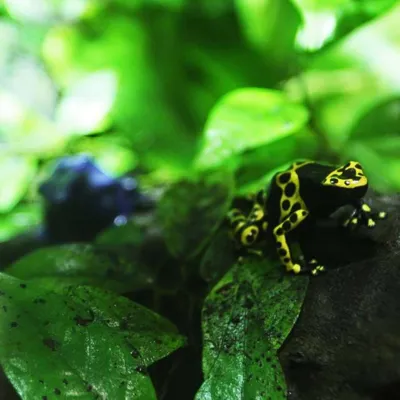
Toxicity varies between Dart Frog species
Most pose little threat to humans but the Golden Poison Dart Frog is amongst the most poisonous animals in the world; with enough poison to kill ten to twenty men!
It is not yet fully understood exactly how they produce this deadly poison, but it is suspected that they absorb chemicals from the prey that they eat in order to synthesis the poison.
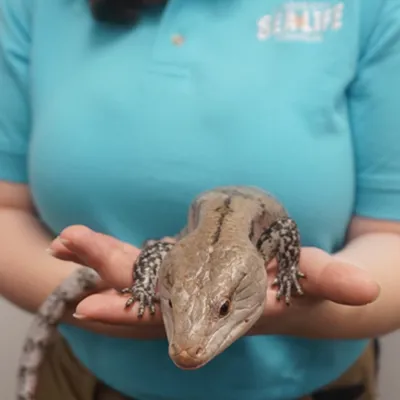
Monkey Tailed Skink
At our 'Rainforest Adventure' zone, you will also find our Monkey Tailed Skink. They are almost exclusively arboreal, which means that they rarely descend to the ground being well adapted for life in trees.
Green Tree Python
As their name suggests, these snakes spend a great deal of time in trees. But, they are not always green. They are nonvenomous, carnivorous reptiles that feed on tree lizards, birds and other small vertebrates.
